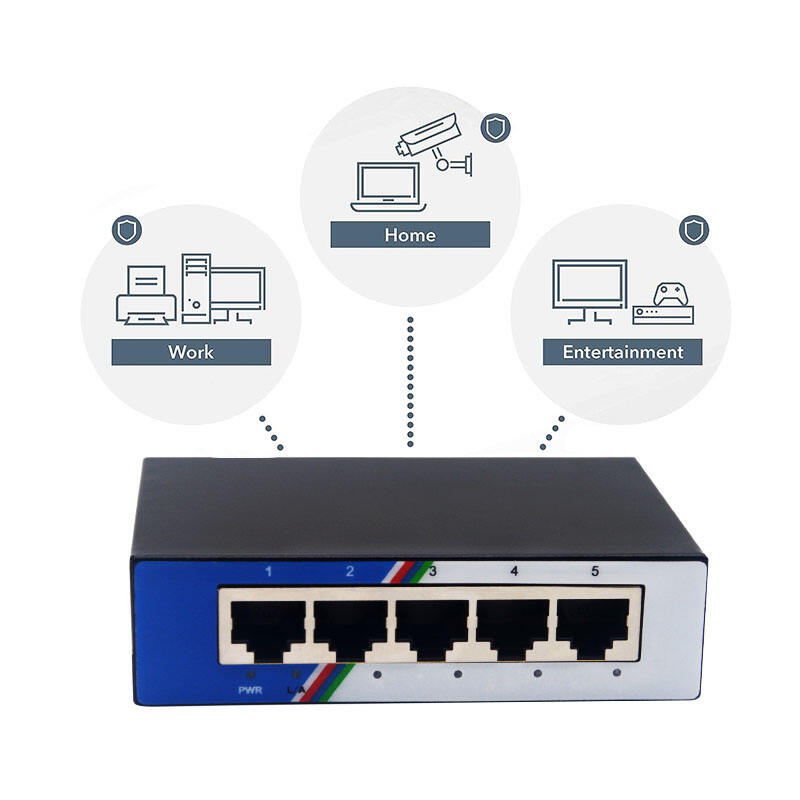Network Switch: Connecting Multiple Network Devices
A network switch is a device for connecting multiple network devices. It forwards data frames based on MAC addresses, enabling high - speed data exchange among multiple devices. There are different types such as unmanaged, managed, and intelligent switches, allowing selection according to different network scales and requirements.
Get A Quote

